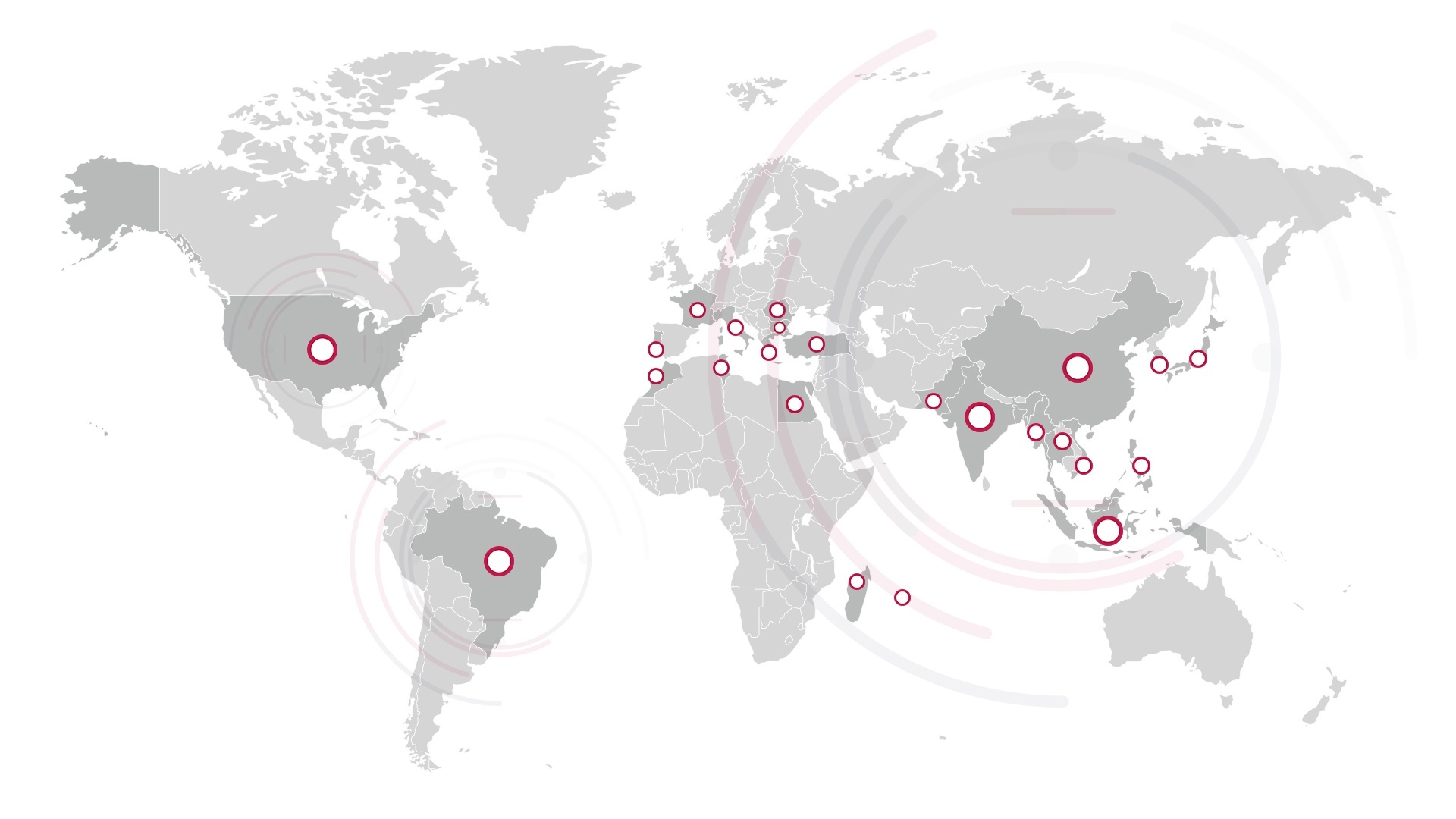The SCIP Database Takes Effect on January 5 – What Are Your Obligations?
The new SCIP database – the Substances of Concern In articles as such or in complex objects (Products) established under the Waste Framework Directive (WFD) – comes into force on January 5, 2021. Companies that supply articles containing substances of very high concern (SVHCs) on the Candidate List in a concentration above 0.1% weight by weight (w/w) in the EU market will be required to submit information on these articles to the European Chemicals Agency (ECHA) from January onward.
Aiming to improve transparency on hazardous substances in waste and enable consumers to make safer choices, the database collects information about substances of concern. It will also contribute to a safer circular economy, providing waste operators with more information on the hazardous substances in the waste they process, making sorting waste easier and improving the quality of recycled materials due to greater visibility over chemicals.
SVHCs are often found in plastic, leather, textiles, prints, and coating used during the production of apparel, footwear and accessories.
Some specific examples include, but are not limited to:
- Children’s sleepwear (use of flame retardants)
- Outdoor/sportswear (presence of chemicals in finishes)
- Plastic and vinyl garments and footwear, such as raincoats and rain boots (presence of phthalates)
What information needs to be submitted to the SCIP database?
- Information that allows the article to be identified;
- The name, concentration range, and location of the SVHC in the article; and
- Other information about the safe use of the article, particularly if the above information is not sufficient to ensure the proper management of the article as waste.
Who needs to submit notifications to the SCIP database?
Companies supplying articles containing substances of very high concern (SVHC) on the Candidate List in a concentration above 0.1 % weight by weight, including:
- EU producers and assemblers;
- EU importers; and
- EU distributors of articles and other actors who place articles on the market.
Retailers and other supply chain actors supplying articles directly to consumers are not obliged to submit information to ECHA.
SgT can help identify the SVHCs that could be found in your textile and footwear products. Contact our experts now.



